This pen-and-ink drawing was found on the inside of a medieval Gospel book. The book dates from 980, when it was commissioned for a well-to-do convent in Germany. The drawing is probably not original – it seems to have been added later. It reminds me of a labyrinth but really it’s more like a puzzle or a flow chart. The words are in medieval church Latin, with circles, lines, crosses, and stipple marks. It’s being called the “Liesborn Prayer Wheel.”
For a news story on its discovery, click here.
If you want to read guesses by ordinary people as to how someone might have prayed with it, click here. I have my own guesses, below…
The words around the outside read: The Order Of The Diagram Written Here Teaches The Return Home.
I love to doodle circles and spirals, but this is more than a doodle – someone really worked on this. The levels are all carefully demarcated and thought out.
The outer ring contains the title.
The next ring is titled “Seven Petitions” and contains seven bits of the Lord’s Prayer (“Holy Name,” “Kingdom Come,” “Will Be Done,” “Daily Bread,” “Forgive Our Debts,” “Not into Temptation,” “Deliver Us From Evil”).
The third ring is two “sevens” running against each other: clockwise in red are the seven “Gifts Of The Holy Spirit” (Wisdom, Understanding, Counsel, Fortitude, Knowledge, Piety, and Fear of the Lord) and counterclockwise in black are seven events in Christ’s life (Incarnation, Baptism, Passion, Resurrection, Descent Into Hell, Ascent Into Heaven, Day of Judgment).
The fourth ring is Matthew’s Beatitudes, (Meek, Poor in Spirit, Those Who Mourn, the Merciful, Peacemakers, Clean in Heart) and across from each, their fruits: “Inherit the Earth,” “Kingdom of Heaven,” “Be Comforted,” etc.
Then at the locus is “DEUS,” or God. You can also see a little point at the center, which I assume was used as the anchor to draw the wheel (remember your compass in elementary school math class?).
Someone in our time has transposed the image and replaced the Latin with English words so we can get a better sense of it:
The wheels also seem to connect across the rings in some places – I’m not sure this is intentional or just how things mapped out. Are the meek really related to Jesus’ ascent into heaven and also to the prayer “Lead us not into temptation”? That seems a stretch.
Strangely, there is nothing about the Virgin Mary. The Marian cult was strong in medieval Europe and I don’t think Germany was any exception.
Who had access to the convent’s Gospel book to be able to draw this on the flyleaf? It was probably used in Mass, used to take oaths, and an otherwise expensive piece of furniture. You didn’t get to take it to your room and read it before bedtime.
Someone special got permission from the abbess to create this thing. I wonder if it could’ve been a sort of devotional matrix created by an intelligent, mystical, but bored nun to connect Christian concepts and kill time in this quiet, ladies monastery in rural Germany? The abbess must’ve liked and trusted her (or him? a favorite visiting priest?).
The stipple marks seem random, but also methodical and deliberate. I wonder if they were made as it was “used,” whatever that meant? I imagine a small prayer group holding it on someone’s lap in the abbess’s study and marking the dots as they said prayers, or created DIY sermons of some kind. Or prayed for a way to solve a problem the convent was facing at that time.
The cynical side of my brain imagines a bunch of rich young women stuck in a convent with time on their hands, and wonders if someone with privileges created something like a Christian Ouija board. A way to tell the future? To gossip? A way to imagine running away with the handsome yeoman who walked by every day?
To a jaded eye, it does looks a bit like Wheel of Fortune.
We’ll never know, of course.
Whether it’s a map, a game, a puzzle, a method, a fortune teller, or a mix of those things, it draws me in. I want to keep looking, turning it around, gazing. It looks scientific. It’s beautiful. It’s intricate. It reflects my life in that there’s God at the center, with circles radiating outward. It reflects the natural world – it looks like a solar system, or the earth’s core and crusts, a snowflake, the sun with a corona. It reflects the human world, like a wagon wheel, or a well (looking down), or a tower (looking up).
It makes me think, I want to to go home, too!
It’s a visible picture of the spiritual path – irresistible to a religion / church / God / Christian geek like me. This person seemed to know the spiritual life isn’t like a one-way path, or a straight line. This map is concentric circles, with rims and spokes. You can go in and out, you can spiral, you can imagine that God is a summit or at the depths of the deeps.
I can imagine the wheels turning in opposite directions – a “wheel within a wheel” – like a sophisticated compass or our Nest thermostat, spinning at different rates, but in concert – Beatitudes against the Lord’s Prayer against Gifts of the Spirit? Zowie.
I like maps and diagrams. My husband, Adam, has actually started a master’s degree in geography, so it’s fun to look over his shoulder at all that stuff. Of course, not much looks quite like this.
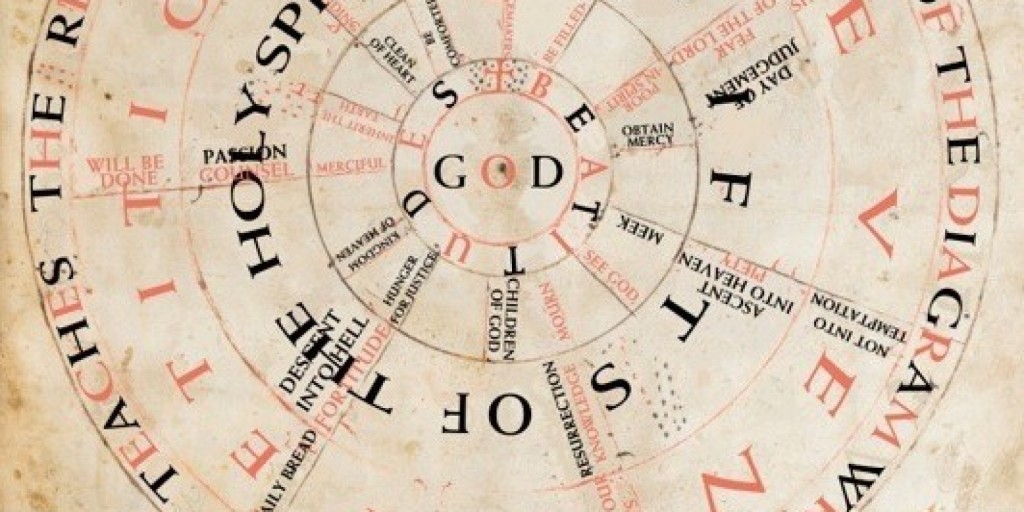
I can’t imagine I could ever make up something like this myself and I’m not sure I’d really be patient enough to sit down and create a way to use it. On the other hand, I find it prayerful just to stare at it, letting my eyes and mind wander around the Beatitudes, the Lord’s Prayer, the events in the life of Jesus – it’s meditative, if nothing else. It’s inspiring. It’s fun.
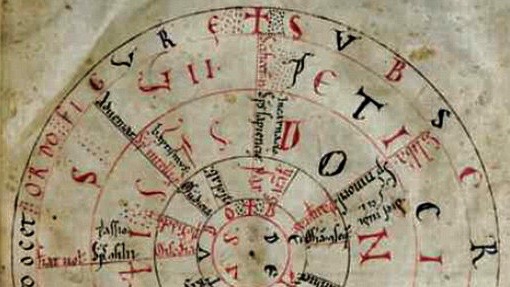
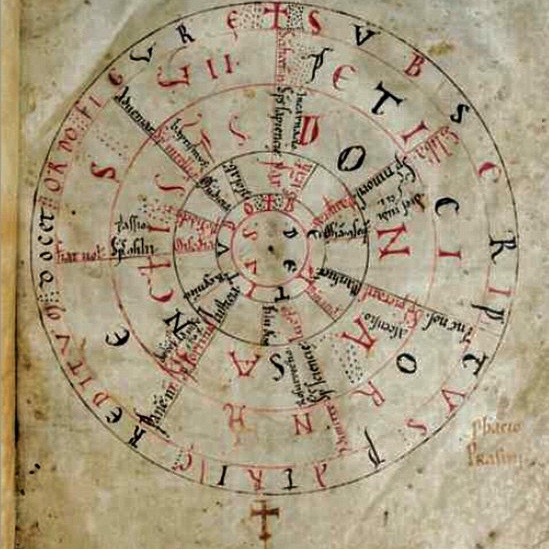
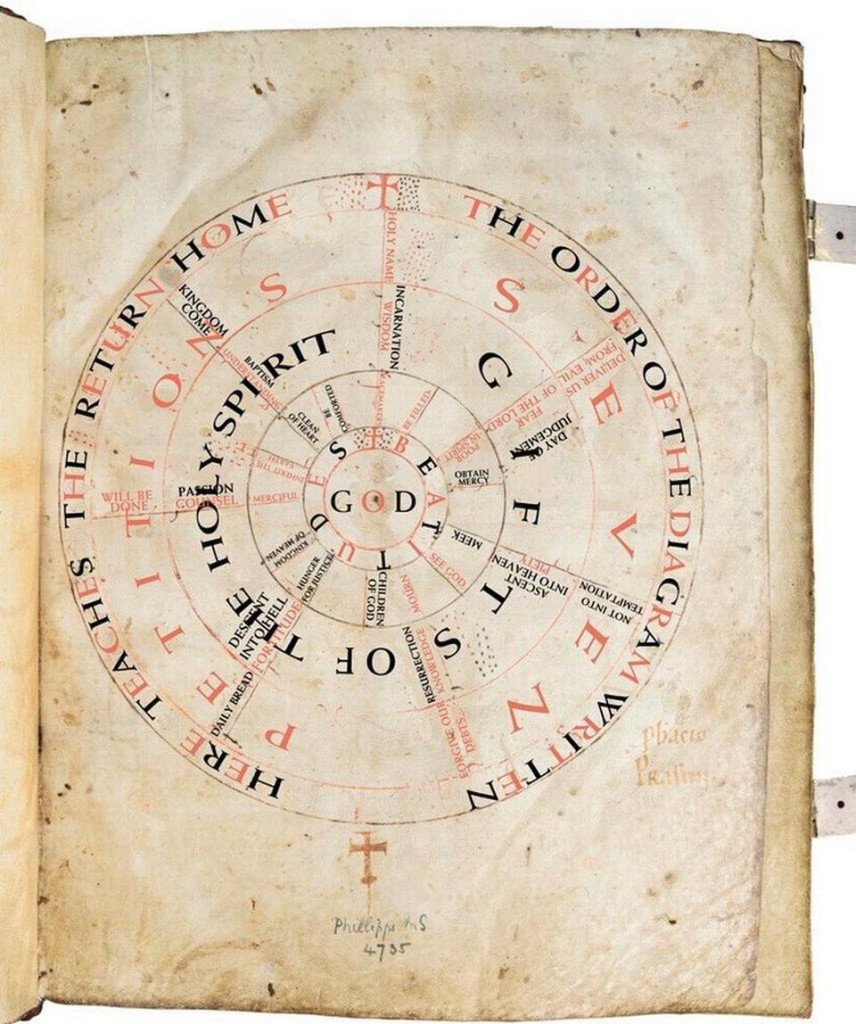
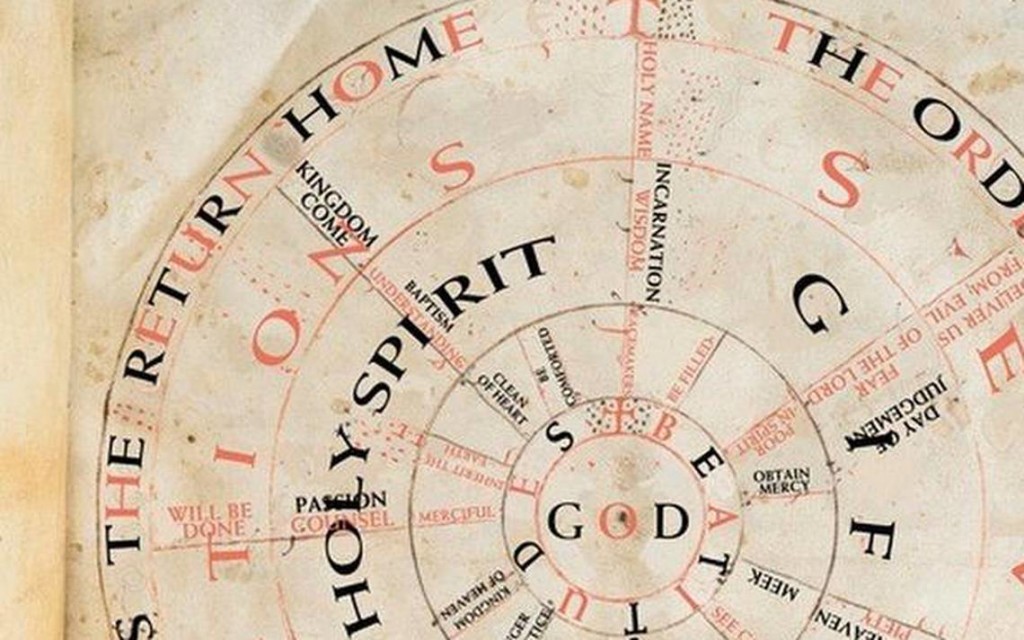
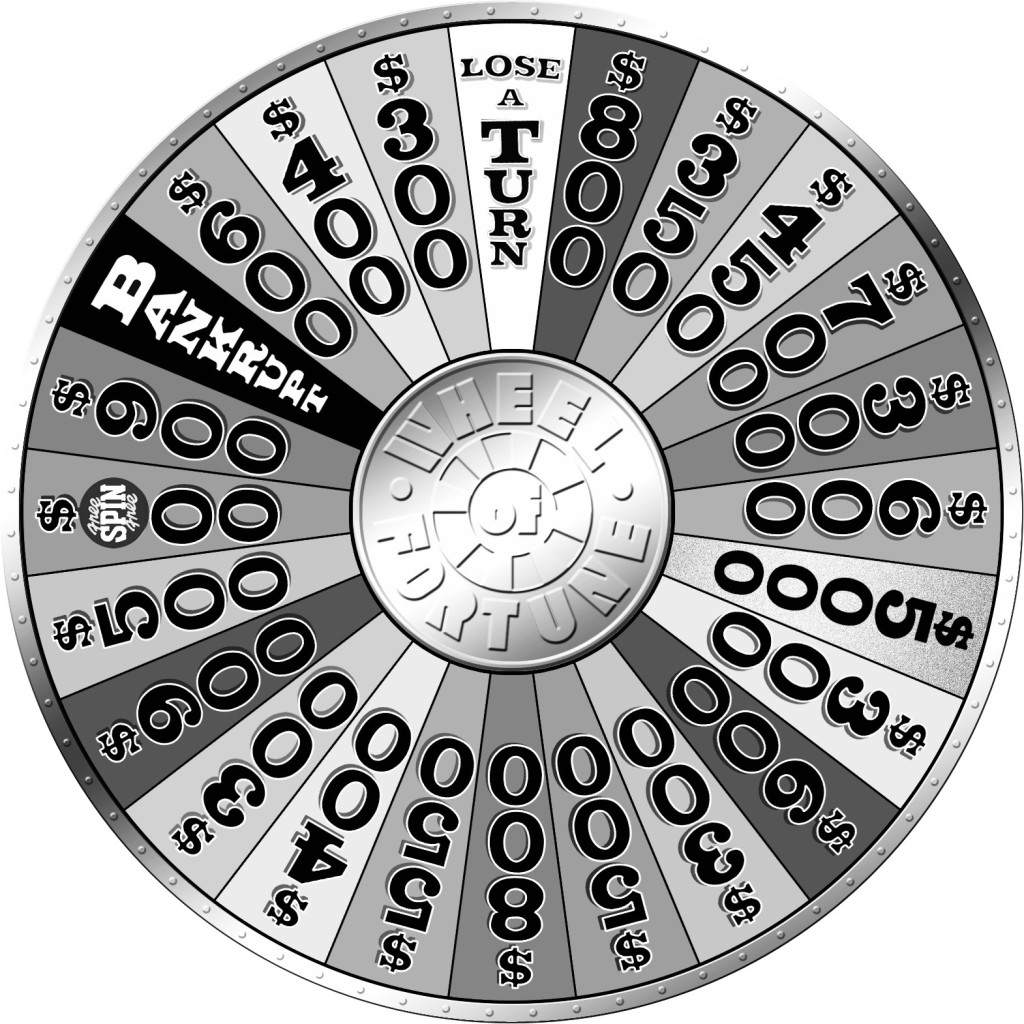
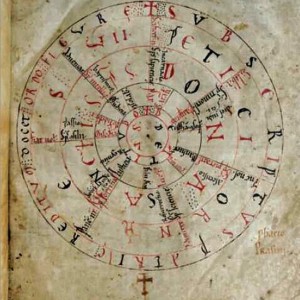
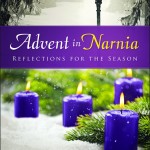


funny, excellent !